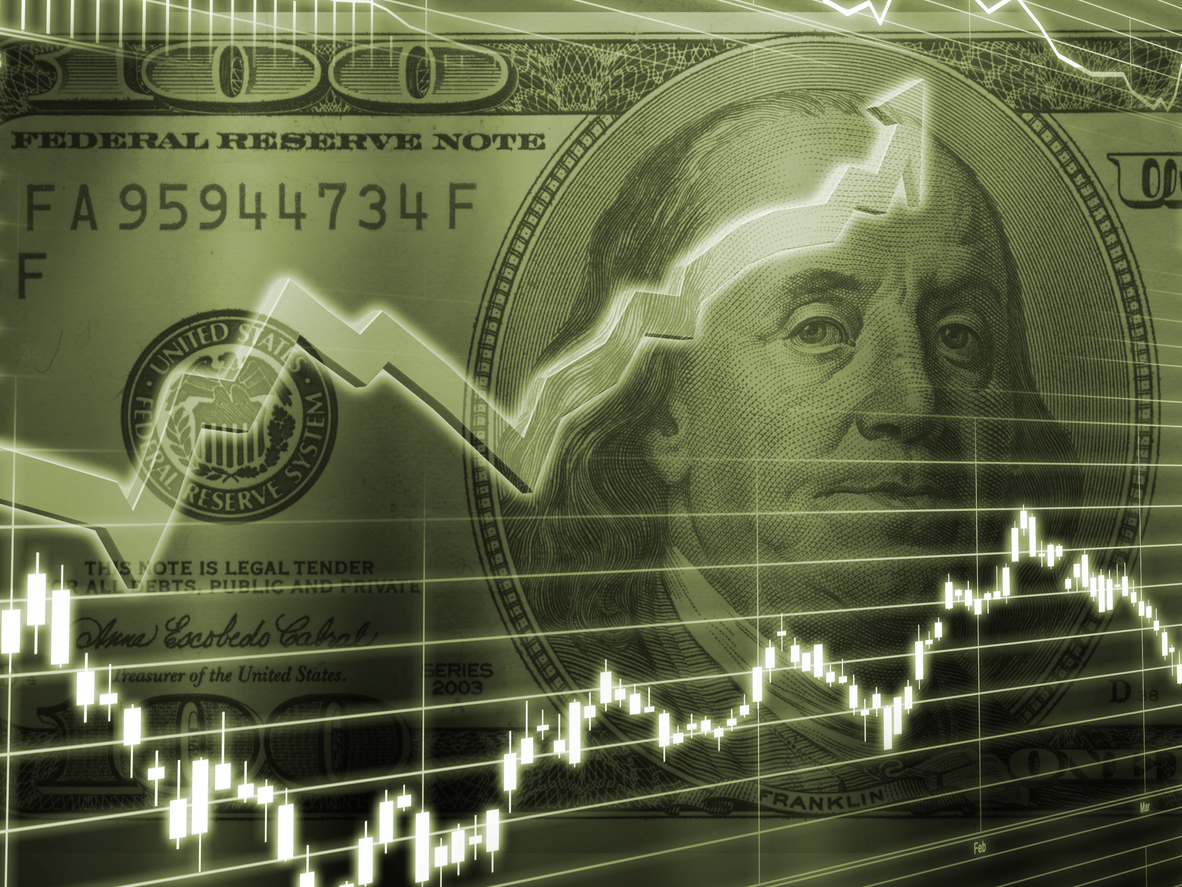Across the US, more than 70 percent of chief executives took home at least their target compensation in 2022 – a figure that is largely unchanged over a five-year research period from 2018 to 2022.
Median payouts for CEO annual incentives at S&P 500 firms in 2022 stood at $1.41 mn. Looking at CEO pay across the S&P 1500 between 2018 and 2022, researchers find that, despite significant market volatility during the study period, payout rates were consistently above the 50 percent to 60 percent range ‘considered best practice by consultants, academics and practitioners’.
‘The findings call into question whether boards and compensation committees are setting sufficiently rigorous targets for their CEOs,’ ISS, which published the findings, says in a statement.
‘Despite significant variability in economic conditions over the last five years, the percentage of CEOs achieving payouts at or above target has remained relatively unchanged,’ the report authors write.
‘Whether in 2020 when the business world was upended by the Covid-19 pandemic, in 2021 when companies rebounded aggressively as the economy started opening back up or in 2022 amid a stock market swoon, rising interest rates, global conflicts and other challenges, companies marched along and payout achievement rates were somewhat unaffected by these fresh obstacles.’

GROWTH ACROSS THE BOARD
Although the 2022 median is down on 2021’s $1.75 mn as companies rebounded from a range of pandemic-related challenges, ISS points out that despite the difference in absolute dollars, all market caps across the S&P 1500 have experienced CEO pay growth.
‘Company size significantly impacts the size of payouts, with S&P 500 companies reporting a median of $2.3 mn in incentive payouts last year, compared with $925,000 for the S&P 600. But each S&P 1500 market cap grouping has exhibited similar payout growth, with median payouts rising by 19 percent since 2018,’ ISS notes in the report titled ‘Annual incentive payouts: Are target goals too modest?’
‘The trend of CEOs receiving at or above-target payouts, while consistent with results in recent years, may raise concern with investors in the context of ongoing recession fears and a challenging operating environment for many companies,’ comments Roy Saliba, managing director at ISS Corporate Solutions.
‘When payout rates consistently stray beyond the range of what is considered best practice, it often indicates an underlying issue with the design of the performance plan, whether with the metric selection, the formulation of the payout curve or goals that are either too easy or too hard to achieve.’
ISS founder and former president Robert Monks spoke on Corporate Secretary’s podcast Governance Matters earlier this year about executive compensation, including why some boards may struggle to keep it in check.
‘Compensation is something so close to the heart of the existing power structure that in order to change it you have to have a combination of factors that are rare to put together,’ he commented. ‘One of them is that you have to be able to make a case that on its face the compensation is unreasonable. Now that’s very hard to do.’
BEST PRACTICE PAYOUTS
Pointing to best practice around incentive payouts, ISS says in its new report:
– Threshold payouts should be achieved eight to nine times out of every 10 years, or an 80 percent to 90 percent achievement rate
– Target payouts should be achieved five to six times out of every 10 years, or 50 percent to 60 percent
– Maximum payouts should be achieved once or twice every decade, a 10 percent to 20 percent rate.
This has not been seen across the S&P 1500 during the research period. Instead, from 2018 to 2022, more than 90 percent of CEOs with an annual incentive award received a payout of at least threshold – the minimum payout that can be achieved.
‘The exception is 2020, when the unexpected pandemic wreaked havoc on many companies’ incentive plans. Even then, only 12 percent of companies reported no payout on their short-term incentive plans,’ the researchers write. ‘At the time, many companies resorted to award modifications, goal changes and discretionary adjustments to account for external circumstances. That led to lower, but not drastically different, payout levels compared with other recent years.’









